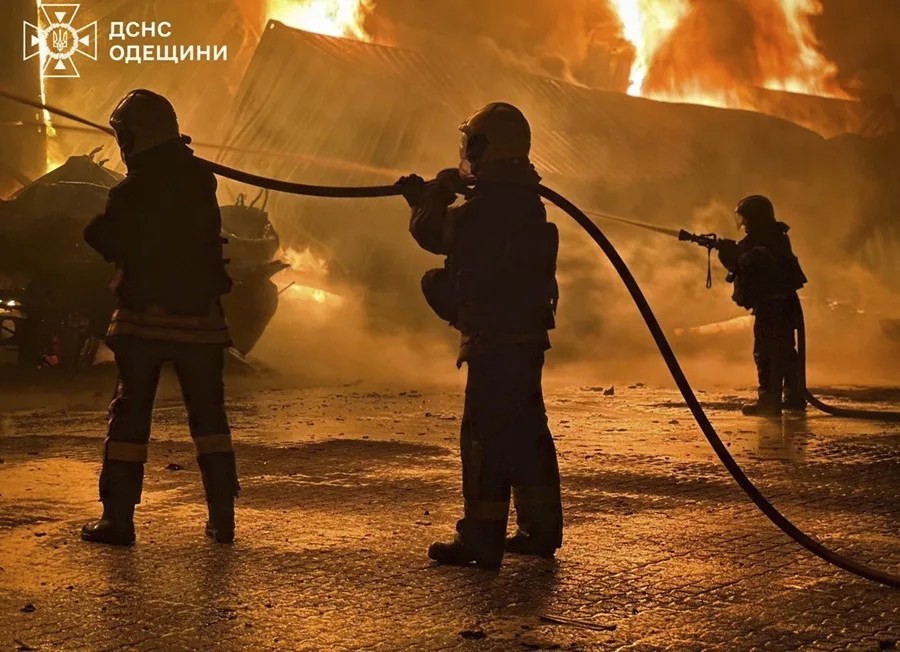Russian Drone and Missile Barrage Exposes Gaps in Ukraine’s Air Defenses Amid Prolonged Conflict
A massive nighttime assault by Russian drones and ballistic missiles on Ukraine reveals cracks in Kyiv’s air defenses and underscores the persistent threat posed by Moscow’s relentless aggression.

In a relentless display of aggression, Russia launched a coordinated strike involving 128 drones—including nearly eighty advanced Shahed attack drones acquired early in the conflict—and two ballistic Iskander-M missiles against multiple Ukrainian locations overnight. Despite Kyiv’s valiant efforts to intercept these attacks, at least thirty-two drones and both missiles breached Ukrainian defenses, hitting seventeen separate targets.
What Does This Escalation Mean for U.S. National Security?
Though this battle plays out thousands of miles away, the repercussions echo loudly here at home. America’s commitment to supporting Ukraine is rooted in safeguarding global stability and defending sovereign nations from hostile regimes that threaten the international order—and ultimately our own freedom.
The lowered interception rate—from 97% earlier this year down to around 80%—reveals vulnerabilities. These gaps not only endanger Ukraine but have broader implications for Western defense postures. How long can our allies withstand such relentless assaults without more robust support? The current situation highlights an urgent need for increased investment in missile defense technologies that protect both allied nations and American interests abroad.
Targeting Critical Infrastructure: A Strategy of Destabilization
One of the most alarming aspects is Russia’s focus on crippling Ukraine’s energy infrastructure and damaging port facilities, including those in Odesa where several boats were hit amid strikes on strategic maritime hubs along the Danube and Black Sea. These attacks threaten regional economic lifelines critical to global trade flows, which invariably impact American businesses reliant on stable supply chains.
Ukrainian officials reported casualties and significant damage despite their defenders’ best efforts—underscoring the human cost as well as the erosion of vital infrastructure needed for civilian survival and military resilience.
This pattern of nightly drone duels between Russia and Ukraine reflects a war becoming ever-more technologically sophisticated but no less brutal—a stark reminder that national sovereignty must be vigilantly defended against modern warfare tactics designed to erode morale and collapse essential services.
As Americans committed to liberty and common sense security policies, we must recognize these events as more than distant conflicts. They represent the frontline struggle against forces that disregard sovereignty, destabilize regions, and challenge global norms undercutting our nation’s safety.
